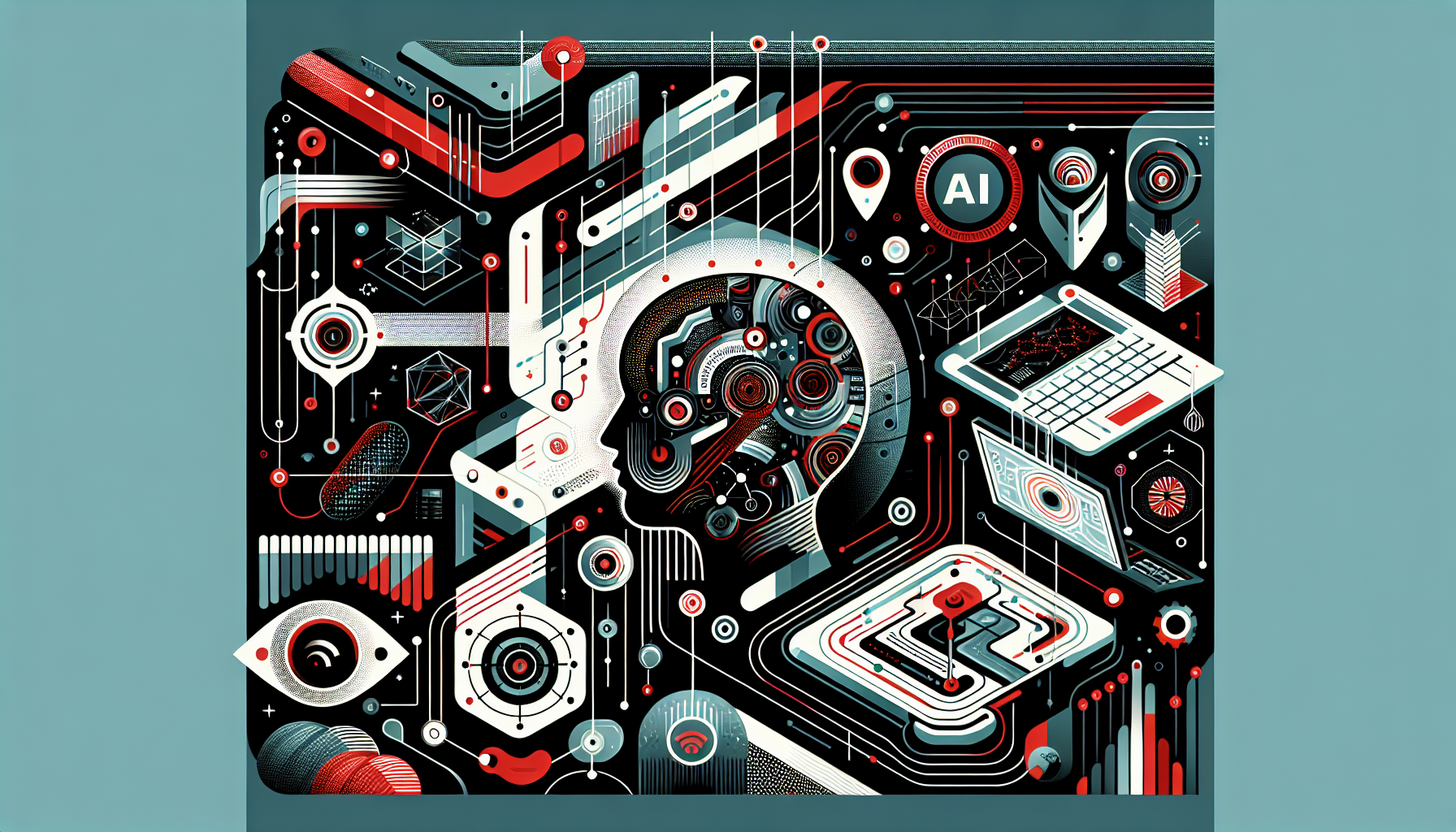Top Industries Disrupted by AI and Automation in 2024

Manufacturing
The manufacturing industry has been a frontrunner in adopting AI and automation technologies. With advancements in robotics and machine learning, factories are evolving into smart facilities, improving efficiency, reducing costs, and enhancing product quality.
Robotics and Automation
Robots equipped with AI can perform complex tasks such as assembling intricate components or handling hazardous materials. These machines are designed to work alongside human employees, increasing productivity and safety.
Example:
A leading automotive manufacturer uses AI-driven robots for assembling vehicle parts. The robots’ machine learning algorithms improve over time, reducing errors and speeding up production.
import numpy as np
from sklearn.cluster import KMeans
# Simulating quality control data with clustering
data = np.random.rand(100, 2) # Sample data
kmeans = KMeans(n_clusters=3)
kmeans.fit(data)
print(f"Cluster centers: {kmeans.cluster_centers_}")
Predictive Maintenance
AI algorithms analyze data from sensors on machinery to predict failures before they occur. This reduces downtime and maintenance costs.
Actionable Insight:
Implement IoT devices in machinery to collect data, and utilize AI models to forecast maintenance needs.
Healthcare
AI and automation are reshaping the healthcare industry by improving diagnostics, personalizing treatment plans, and streamlining administrative tasks.
Diagnostic Algorithms
AI algorithms can analyze medical images and data to detect diseases such as cancer at an early stage, often with greater accuracy than human doctors.
Example:
Deep learning models are used to analyze radiology images, identifying anomalies that might indicate tumors.
import tensorflow as tf
# Loading a pre-trained model for medical image analysis
model = tf.keras.applications.ResNet50(weights='imagenet')
image = tf.keras.preprocessing.image.load_img('scan.jpg', target_size=(224, 224))
input_arr = tf.keras.preprocessing.image.img_to_array(image)
input_arr = np.expand_dims(input_arr, axis=0)
predictions = model.predict(input_arr)
Personalized Medicine
AI analyzes patient data to recommend personalized treatment plans, improving outcomes and reducing side effects.
Actionable Insight:
Integrate electronic health records (EHR) with AI platforms to tailor treatments based on genetic profiles and historical data.
Finance
The finance sector is rapidly adopting AI for risk management, fraud detection, and algorithmic trading.
Algorithmic Trading
AI models analyze market data to execute trades faster and more accurately than human traders.
Example:
Hedge funds use AI-driven algorithms to identify patterns in stock market data, making trading decisions in microseconds.
import pandas as pd
from sklearn.linear_model import LinearRegression
# Simulating stock market prediction
data = pd.read_csv('stock_data.csv')
X = data[['feature1', 'feature2']]
y = data['price']
model = LinearRegression()
model.fit(X, y)
predicted_price = model.predict([[1.5, 3.0]])
Fraud Detection
AI systems monitor transactions in real-time to flag suspicious activities, reducing fraud incidents.
Actionable Insight:
Deploy machine learning models for anomaly detection in transaction data to enhance security measures.
Retail
Retail is being transformed by AI through customer personalization, inventory management, and enhanced shopping experiences.
Customer Personalization
AI analyzes customer behavior and preferences to offer personalized recommendations, increasing sales and customer satisfaction.
Example:
E-commerce platforms use recommendation engines to suggest products based on browsing history and purchase patterns.
from sklearn.neighbors import NearestNeighbors
# Building a recommendation system
customer_data = np.array([[5, 3, 2], [4, 1, 5], [3, 3, 3]])
nbrs = NearestNeighbors(n_neighbors=2, algorithm='ball_tree').fit(customer_data)
distances, indices = nbrs.kneighbors(np.array([[5, 2, 1]]))
print(f"Recommended products based on nearest neighbors: {indices}")
Inventory Management
AI-driven systems optimize inventory by predicting demand and automatically restocking items, reducing waste and shortages.
Actionable Insight:
Implement AI tools to analyze sales data and forecast inventory needs, ensuring optimal stock levels.
Transportation
AI and automation are revolutionizing transportation by enabling autonomous vehicles, optimizing logistics, and improving safety.
Autonomous Vehicles
AI systems power self-driving cars, enhancing road safety and reducing traffic congestion.
Example:
Companies like Tesla and Waymo are at the forefront of developing autonomous vehicles equipped with AI to navigate roads and traffic.
Logistics Optimization
AI optimizes routes and delivery schedules, reducing transportation costs and improving delivery times.
Actionable Insight:
Use AI solutions to analyze traffic patterns and streamline delivery routes, enhancing efficiency in logistics operations.
| Industry | Key AI Applications | Benefits |
|---|---|---|
| Manufacturing | Robotics, Predictive Maintenance | Increased efficiency, reduced costs |
| Healthcare | Diagnostics, Personalized Medicine | Improved accuracy, tailored treatments |
| Finance | Algorithmic Trading, Fraud Detection | Faster trades, enhanced security |
| Retail | Personalization, Inventory Management | Increased sales, optimized stock |
| Transportation | Autonomous Vehicles, Logistics | Improved safety, reduced costs |





0 thoughts on “Top Industries Disrupted by AI and Automation in 2024”